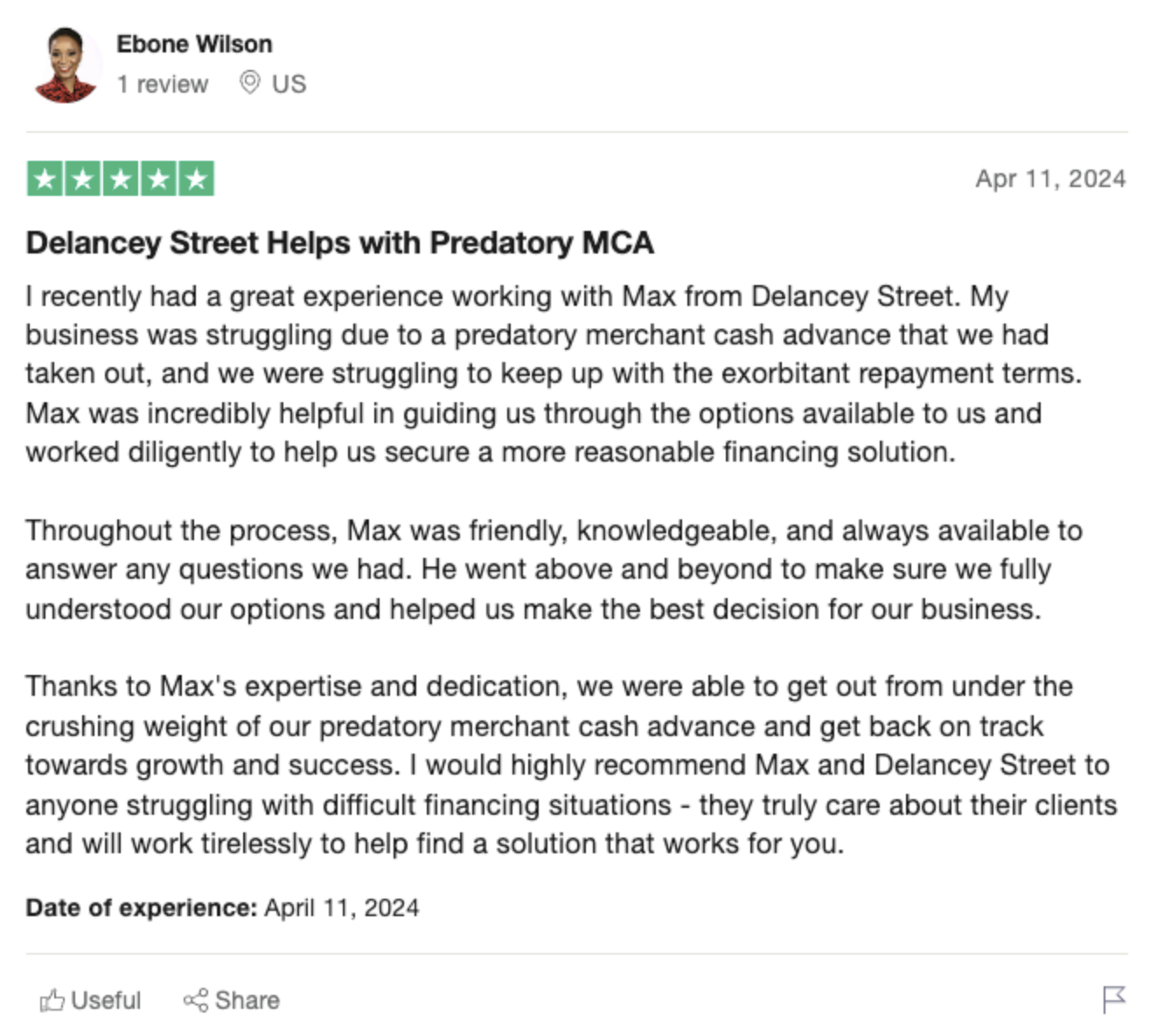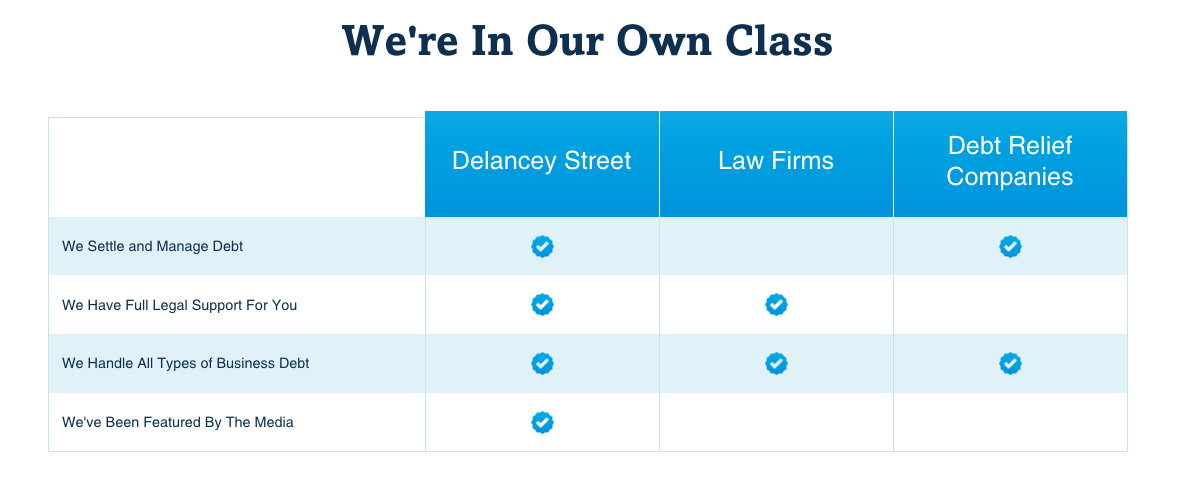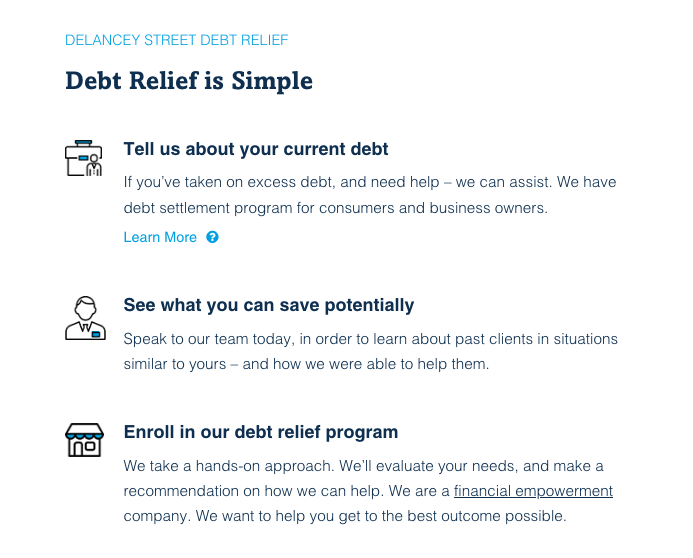Bankruptcy is often considered a last resort for managing financial distress, particularly when it comes to overwhelming credit card debt. However, it can be a viable legal solution that offers a fresh start for those drowning in insurmountable financial obligations. This article explores the nitty-gritty of filing for bankruptcy due to credit card debt, elucidating the process, implications, and potential pathways toward financial recovery. By addressing each facet of the topic comprehensively, we aim to provide you with valuable insights and guidelines.
Understanding Bankruptcy and Credit Card Debt
Filing for bankruptcy can be a complicated decision, especially when your primary concern is mounting credit card debt. Credit cards, while convenient, can lead to significant debt issues if not managed properly. Excessive interest rates and late fees can pile up fast, creating a financial quagmire. Understanding the core principles of how bankruptcy interacts with credit card debt is fundamental for making an informed decision.
 -
-Credit card debt is typically unsecured, meaning it’s not backed by collateral like your house or car. This characteristic makes it particularly amenable to discharge through bankruptcy proceedings. However, it’s essential to realize the impact on your credit score, which could tank significantly post-bankruptcy, making future loans more difficult to obtain.
Moreover, not all debts can be discharged in bankruptcy. Student loans, certain taxes, and child support payments, for instance, are usually exempt. Knowing what you can and cannot include in a bankruptcy filing is crucial for setting realistic expectations and planning accordingly.
If you’re contemplating bankruptcy primarily due to credit card debt, understanding these foundational aspects will give you a clearer picture of the implications and potential benefits. The subsequent sections will delve deeper into when bankruptcy might be the right option for you, the various types of bankruptcy filings, and the nitty-gritty of the filing process.
Deciding When Bankruptcy Is the Right Option
Determining whether bankruptcy is the suitable route for your financial woes requires a careful, personalized assessment of your situation. It’s not a one-size-fits-all solution, and several factors must be weighed. Are you consistently unable to meet the minimum payments on your credit cards? Have you been using credit cards to cover everyday expenses for an extended period? These warning signs might indicate that bankruptcy is worth considering.
 -
-First, perform a thorough analysis of your income, expenses, and debt obligations. A professional financial advisor can assist you in evaluating if your debt-to-income ratio is unsustainable. Moreover, consider alternatives like debt consolidation or negotiating with creditors. Sometimes, these methods can offer relief without the drastic measures that bankruptcy entails.
Hypothetically, if you are facing an impending wage garnishment, foreclosure, or repossession, bankruptcy might provide temporary protection. The automatic stay, which halts most collection activities immediately upon filing for bankruptcy, can offer you breathing room. Yet, one should explore all other possibilities before committing to this financial and legal step. Could you perhaps negotiate a debt settlement? Or maybe acquire a personal loan with better terms?
Bankruptcy is not a step to be taken lightly, and understanding when it becomes a feasible strategy is crucial. If you’re still unsure, seeking professional advice from a bankruptcy attorney or financial counselor can provide personalized guidance tailored to your specific circumstances. By fully understanding your situation, you can make an informed decision on whether or not bankruptcy is the right path for you.
Exploring Different Types of Bankruptcy Filings
When it comes to bankruptcy, there are several types of filings you might consider, each with distinct characteristics. Understanding the differences between Chapter 7, Chapter 11, and Chapter 13 bankruptcy will help you choose the most appropriate course of action based on your financial situation.
| Type of Bankruptcy | Description | Benefits | Drawbacks |
|---|---|---|---|
| Chapter 7 | Liquidation bankruptcy aimed at individuals. Non-exempt assets are sold, and the proceeds are used to pay off debts. | Quick discharge of debts, often within months. | Significant impact on credit score. You may lose valuable assets. |
| Chapter 11 | Primarily for businesses, but individuals with substantial debt might file. Allows for reorganization and continued operation. | Businesses can continue operating while restructuring debts. | Can be complex and costly, requiring significant legal and administrative work. |
| Chapter 13 | Designed for individuals with regular income who can create a repayment plan to pay off debts over three to five years. | Allows you to keep your property while catching up on secured debts. | Prolonged process, typically lasting three to five years. Can be challenging to maintain payment schedule. |
Chapter 7, often referred to as liquidation bankruptcy, allows for the discharge of most unsecured debts, including credit card debt. It’s the most common form and generally suitable for individuals with limited income and assets. On the downside, you might lose some personal property, and the impact on your credit score can be severe.
 -
-In contrast, Chapter 13, also called reorganization bankruptcy, involves a repayment plan over three to five years. This option is typically beneficial for those who have a steady income and can afford to repay a portion of their debts. Chapter 13 can help you keep your home and car, but it requires a long-term commitment and disciplined financial management.
Chapter 11 is less common for individuals but can be applicable if you possess substantial assets and debts. It allows for restructuring under court supervision, offering a more flexible approach compared to other filings. However, the complexity and cost involved can be substantial, making it a less favorable option for most individuals.
Each type of bankruptcy has its unique set of benefits and drawbacks. Understanding these nuances can help you make an informed decision aligned with your financial goals and circumstances. An attorney specializing in bankruptcy can provide additional insights tailored to your specific case, ensuring you choose the right filing type.
 -
-The Step-by-Step Bankruptcy Filing Process
Filing for bankruptcy entails a series of meticulously planned steps, each demanding careful attention. The first, and often the most critical step, is to seek professional advice. Consulting with a bankruptcy attorney can help you navigate the nuances of bankruptcy law and clarify which type of bankruptcy—Chapter 7 or Chapter 13—is best suited to your circumstances.
Next, gather all the necessary financial documents. This includes a complete list of your assets, liabilities, income, and expenses. Typically, you will also need to provide tax returns, bank statements, and any pertinent loan or credit card agreements. This comprehensive documentation is crucial for assessing your financial situation and enables an accurate filing.
After collecting your financial documentation, you must complete a mandatory credit counseling session from an accredited agency. This session aims to explore alternatives to bankruptcy and must be completed within 180 days before filing. The counselor will issue a certificate, which you’ll need to submit with your bankruptcy petition.
Once you’ve fulfilled these preliminary steps, the actual filing can commence. Your attorney will prepare and submit the bankruptcy petition, along with required schedules and statements, to the bankruptcy court. At this stage, an automatic stay is triggered, halting most collection activities against you. A meeting of creditors, often called a 341 meeting, will follow, where you’ll answer questions under oath about your financial affairs and the bankruptcy filing.
Potential Consequences and Benefits of Filing
Filing for bankruptcy is a double-edged sword with significant consequences and potential benefits, and it is vital to weigh these thoroughly. One of the most notable benefits is the relief from overwhelming debt. Once you file, the automatic stay immediately halts collection activities, providing immediate respite from creditor harassment, wage garnishments, and potential lawsuits.
However, the disadvantages can be equally impactful. Bankruptcy will significantly affect your credit score, making it challenging to secure loans, rent an apartment, or even find employment in certain industries. The bankruptcy filing stays on your credit report for up to ten years, serving as a stark reminder to potential creditors about your financial history.
On the flip side, bankruptcy allows for a fresh start. It discharges most unsecured debts, including credit card debt, enabling you to rebuild your financial life from scratch. This reset can be invaluable for those whose debt is so overwhelming that it’s impossible to see a way out. But remember, not all debts are dischargeable. Student loans, alimony, child support, and certain taxes typically remain your responsibility.
Understanding the spectrum of consequences and benefits empowers you to make a more informed decision. While the relief of shedding burdensome debt is appealing, it comes with long-term repercussions that require careful consideration. Consulting with experts can help you navigate these complexities and weigh the potential outcomes according to your unique financial situation.
Recovery and Rebuilding Post-Bankruptcy
Emerging from the shadow of bankruptcy requires diligent effort and strategic planning. The first step is to establish a realistic budget that prioritizes essential living expenses while accounting for any remaining debts. Practice disciplined financial habits to ensure you manage your income and expenses effectively.
Applying for a secured credit card can be a valuable tool for rebuilding credit. This type of card requires a security deposit, serves as collateral, and is easier to obtain post-bankruptcy. Responsible usage coupled with timely payments can gradually improve your credit score. Remember, every positive action counts in rebuilding your financial reputation.
Consider enrolling in financial education courses to enhance your money management skills. Many nonprofits and community organizations offer free or low-cost programs focusing on budgeting, saving, investing, and long-term financial planning. These courses can provide invaluable knowledge and help you avoid the pitfalls that led to bankruptcy in the first place.
Lastly, be patient and keep a long-term perspective. Recovery from bankruptcy is not instantaneous but gradual. Monitor your credit report regularly to ensure it accurately reflects your progress, and celebrate small victories along your path to financial stability. With dedication and strategic planning, you can rebuild your life stronger than before.
Filing bankruptcy on credit cards is a complex decision that requires careful consideration and strategic planning. This formal legal process offers both challenges and potential for a fresh start. By understanding the intricacies of different types of bankruptcy filings, evaluating the comprehensive impact of such a decision, and following a step-by-step process, you can navigate this difficult terrain more adeptly. While the journey post-bankruptcy will ask for patience and diligent efforts in restructuring financial life, the ultimate goal of achieving financial stability is well within reach. Your path to financial freedom starts with informed, decisive actions today.







